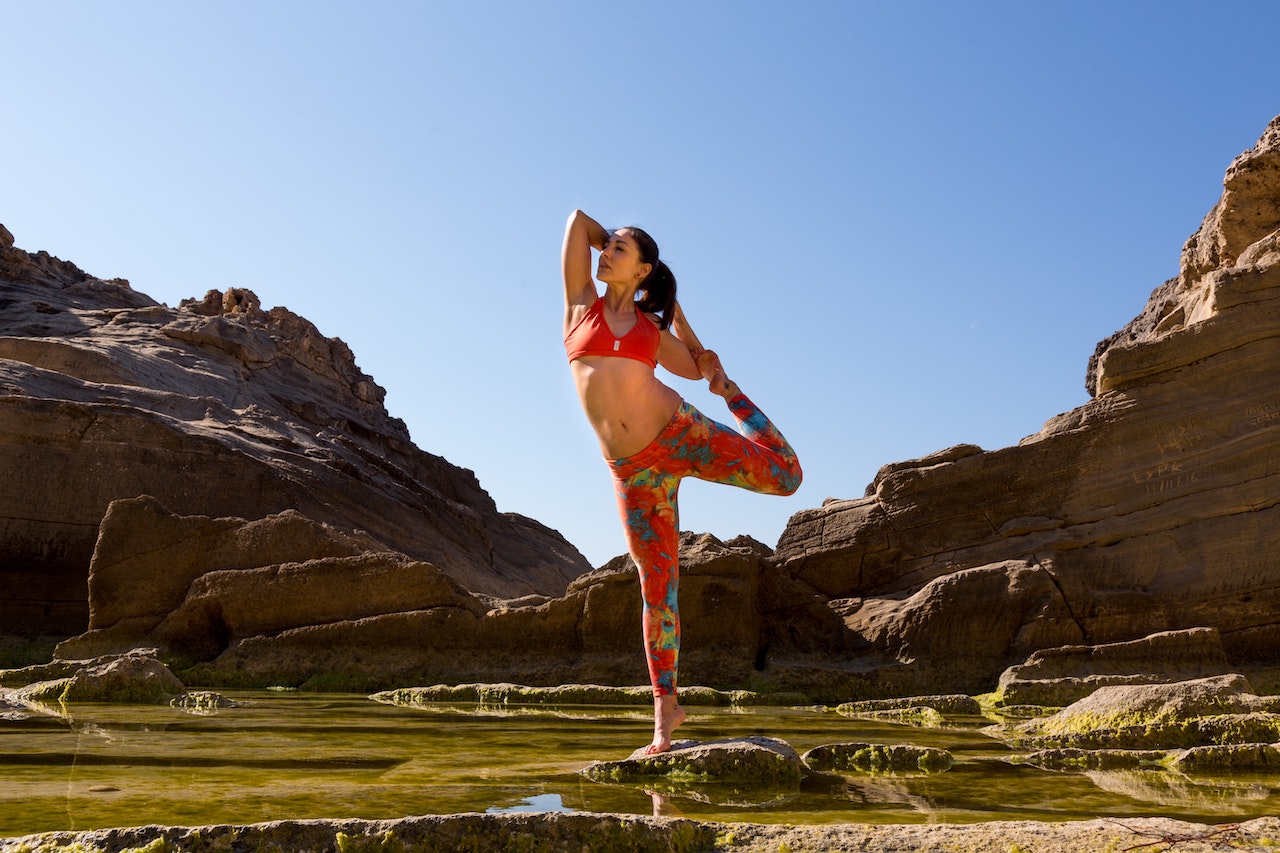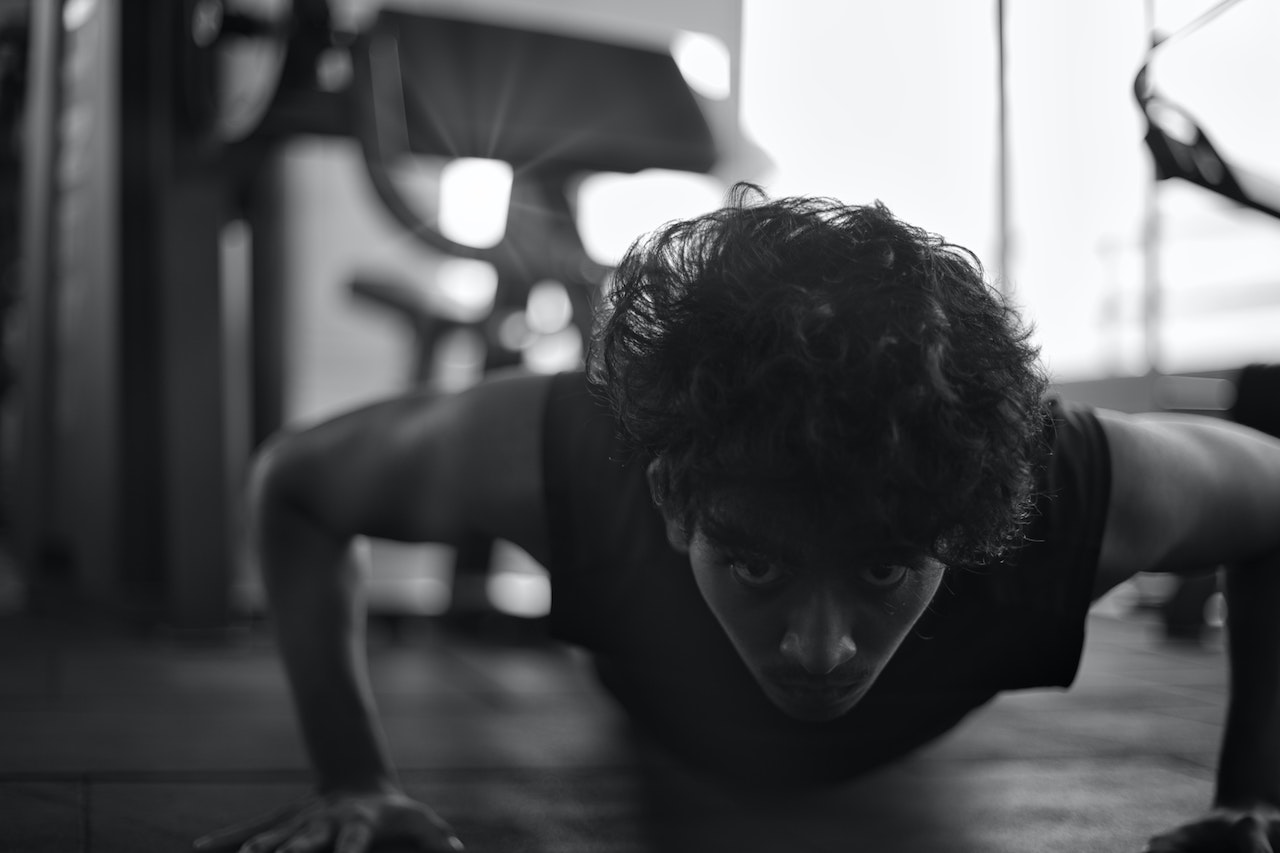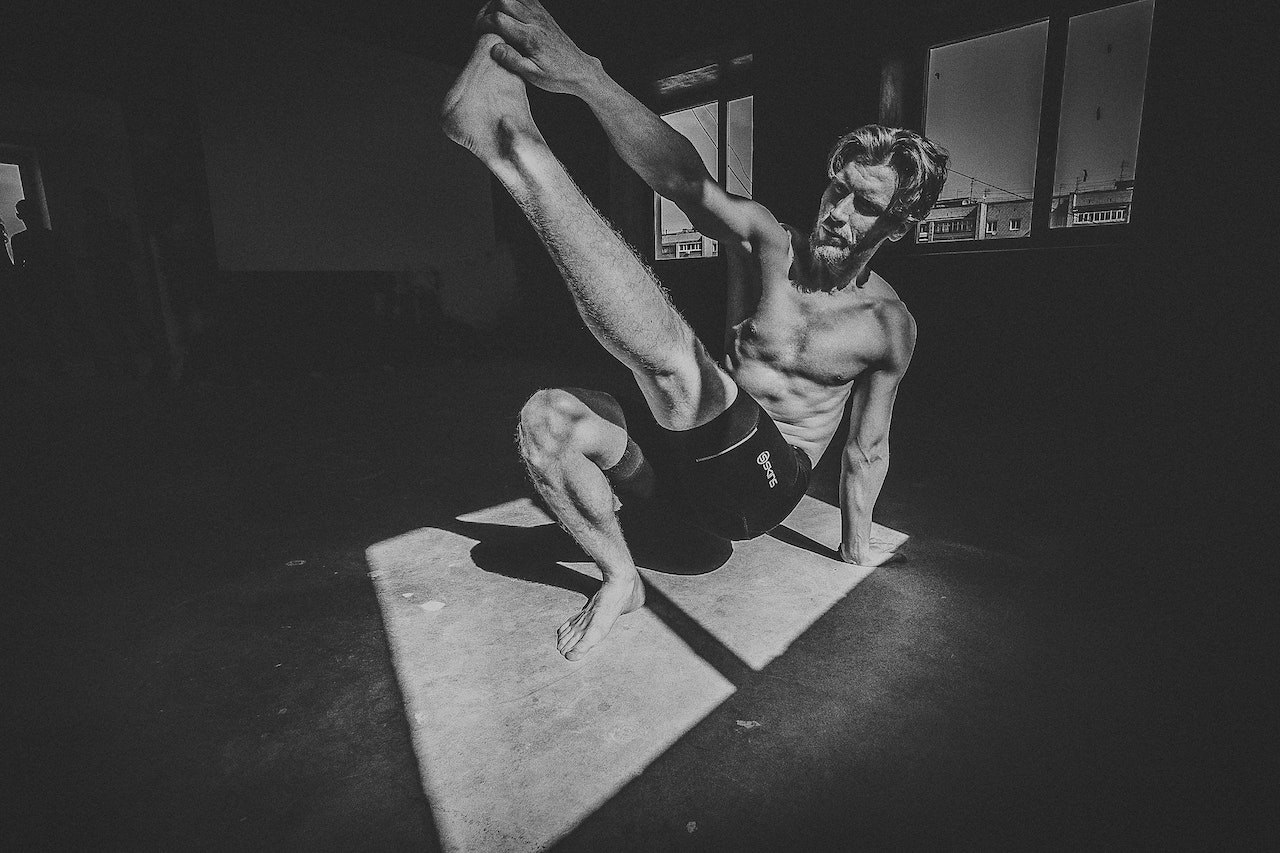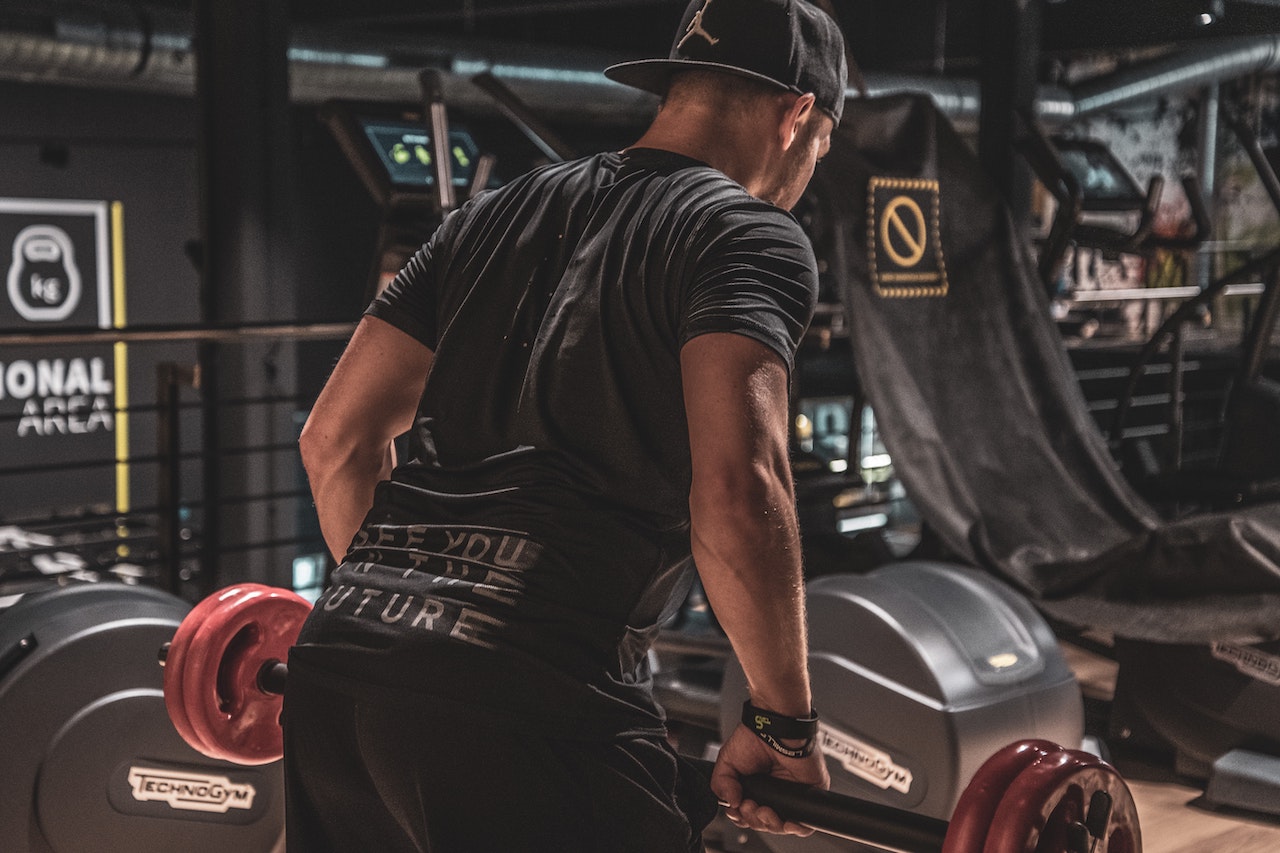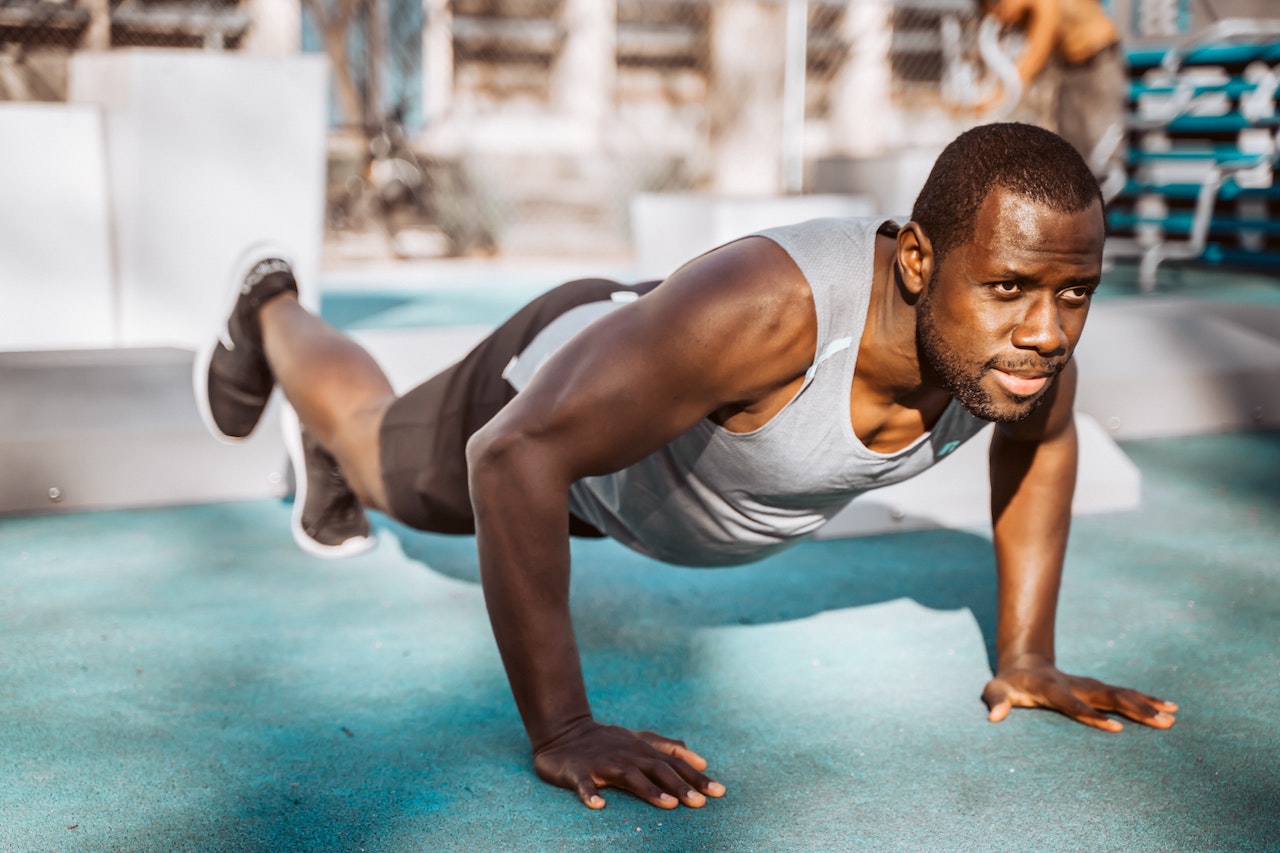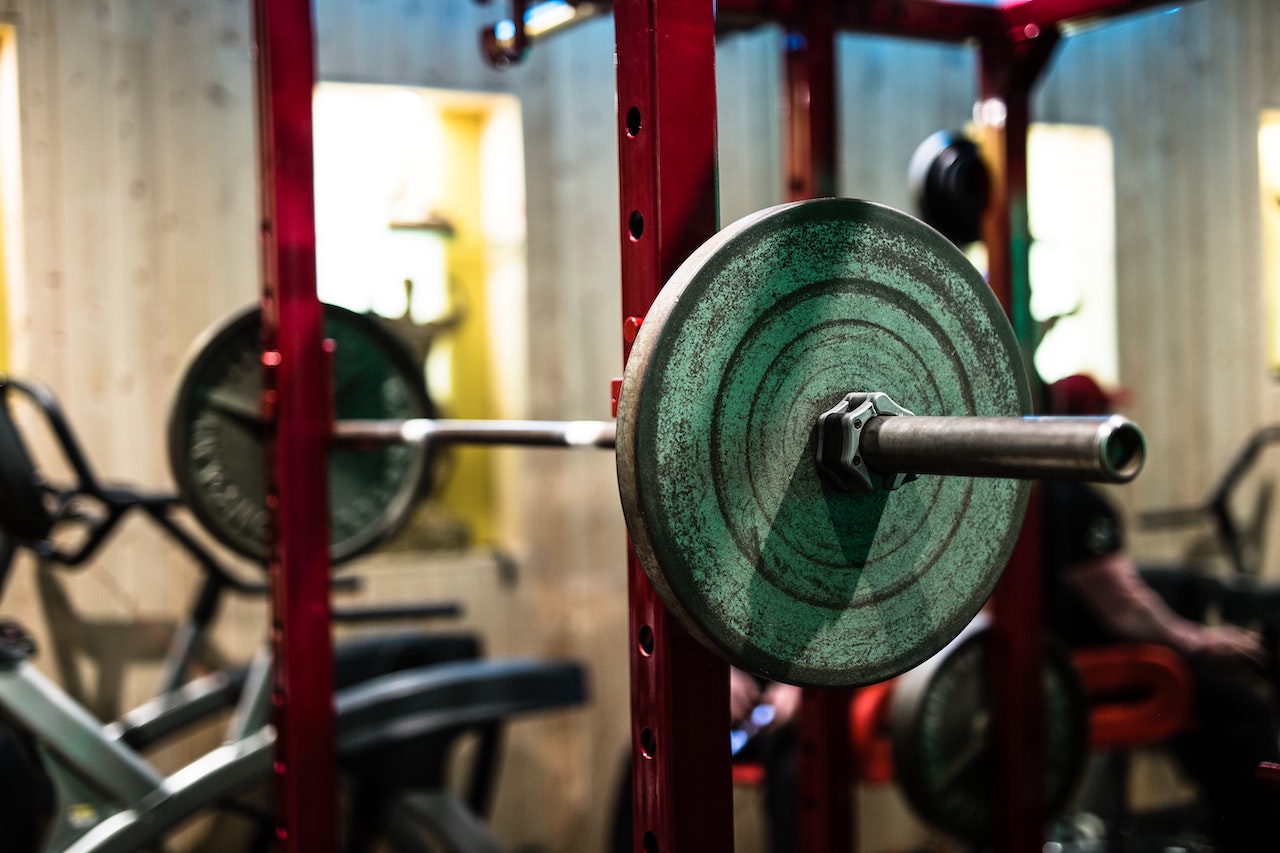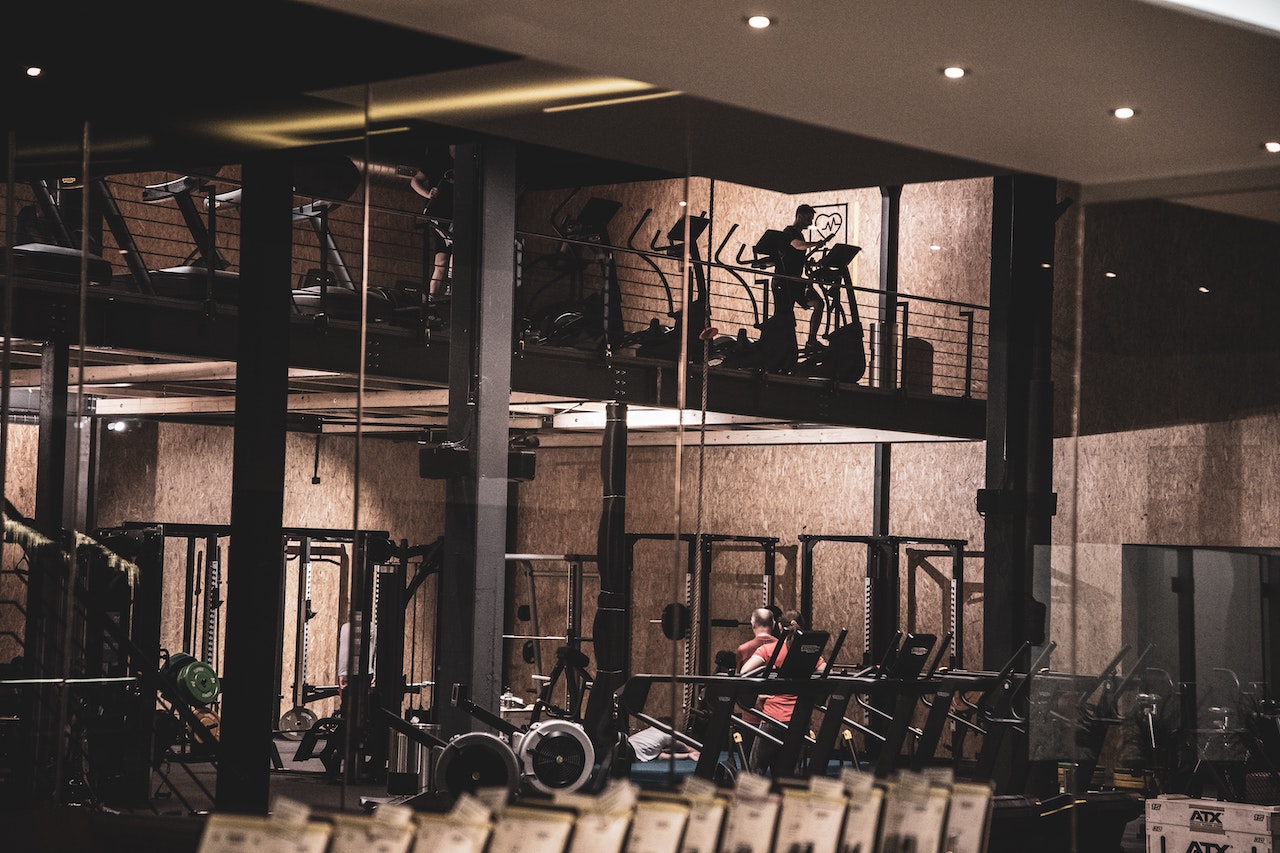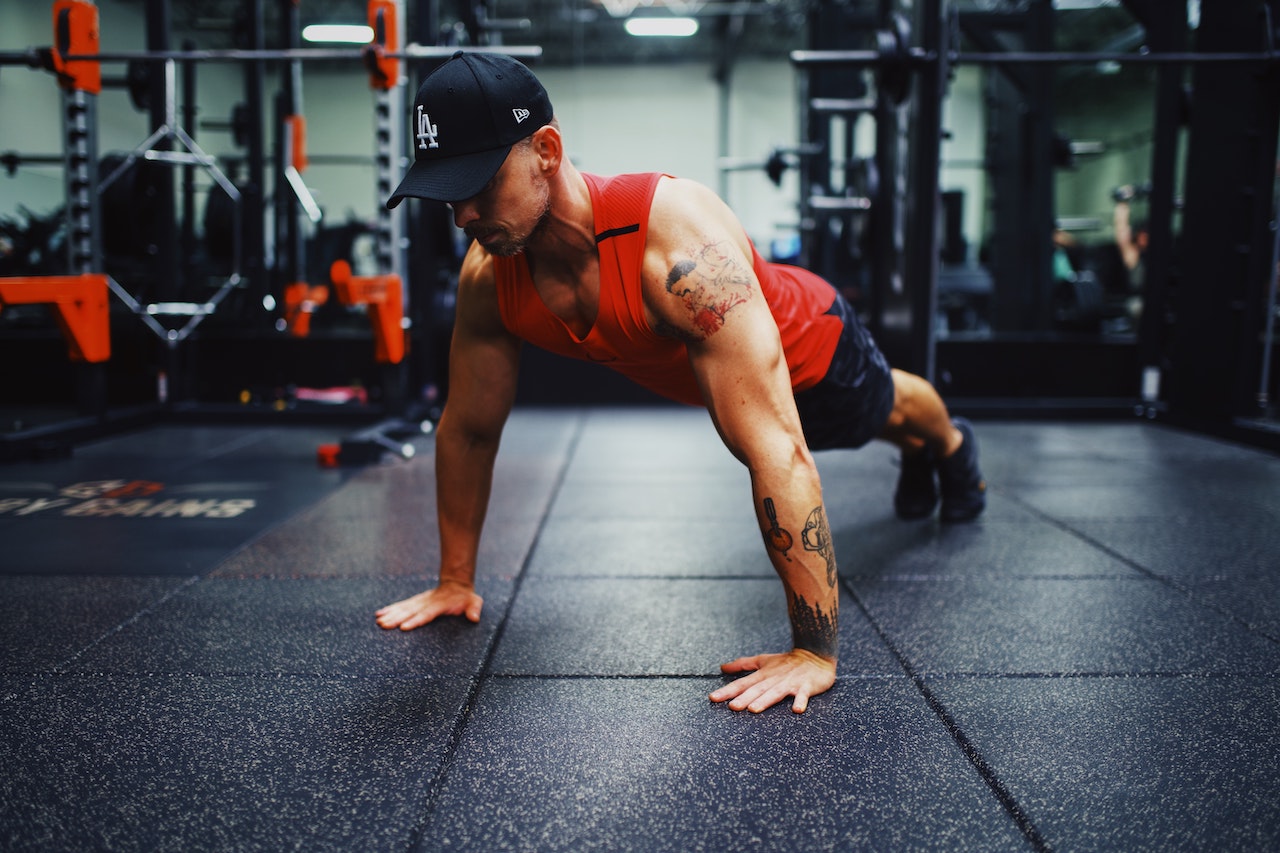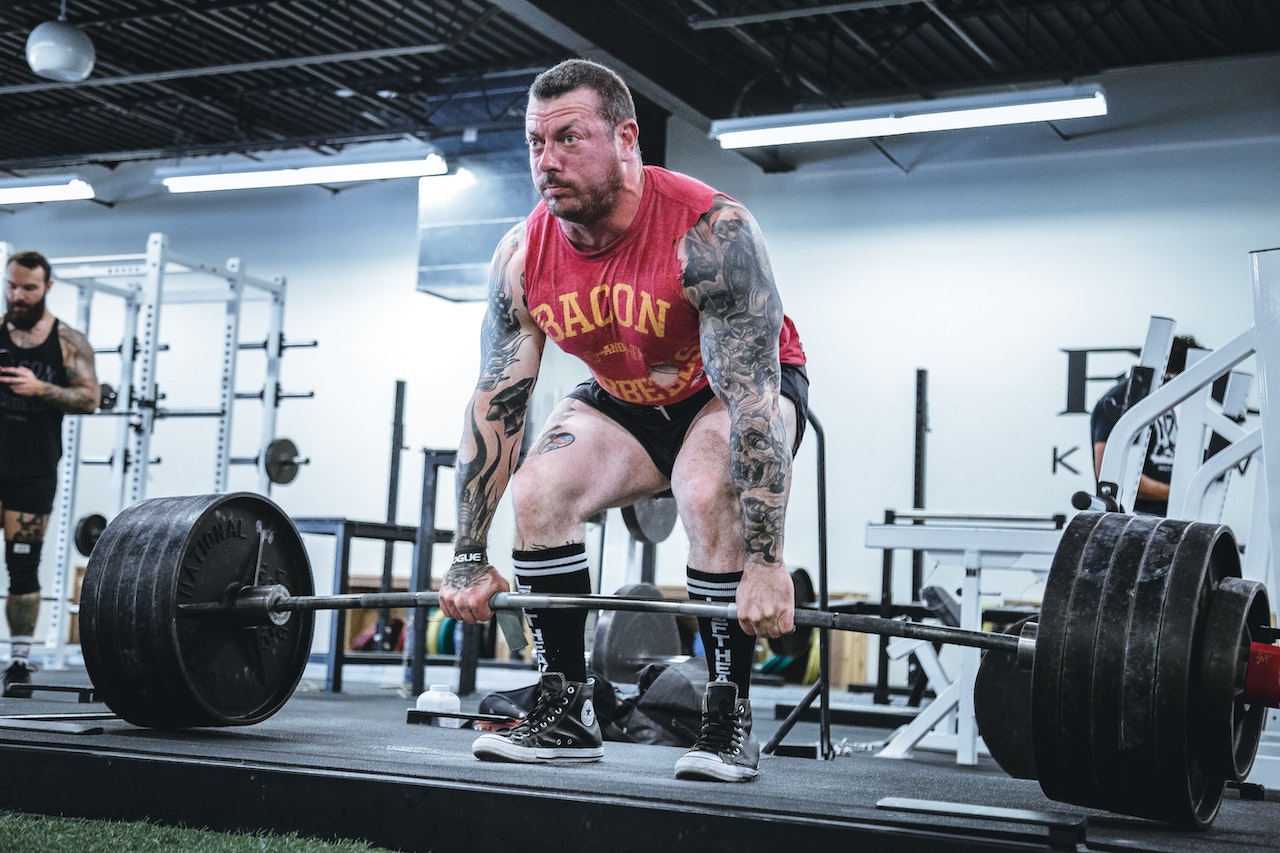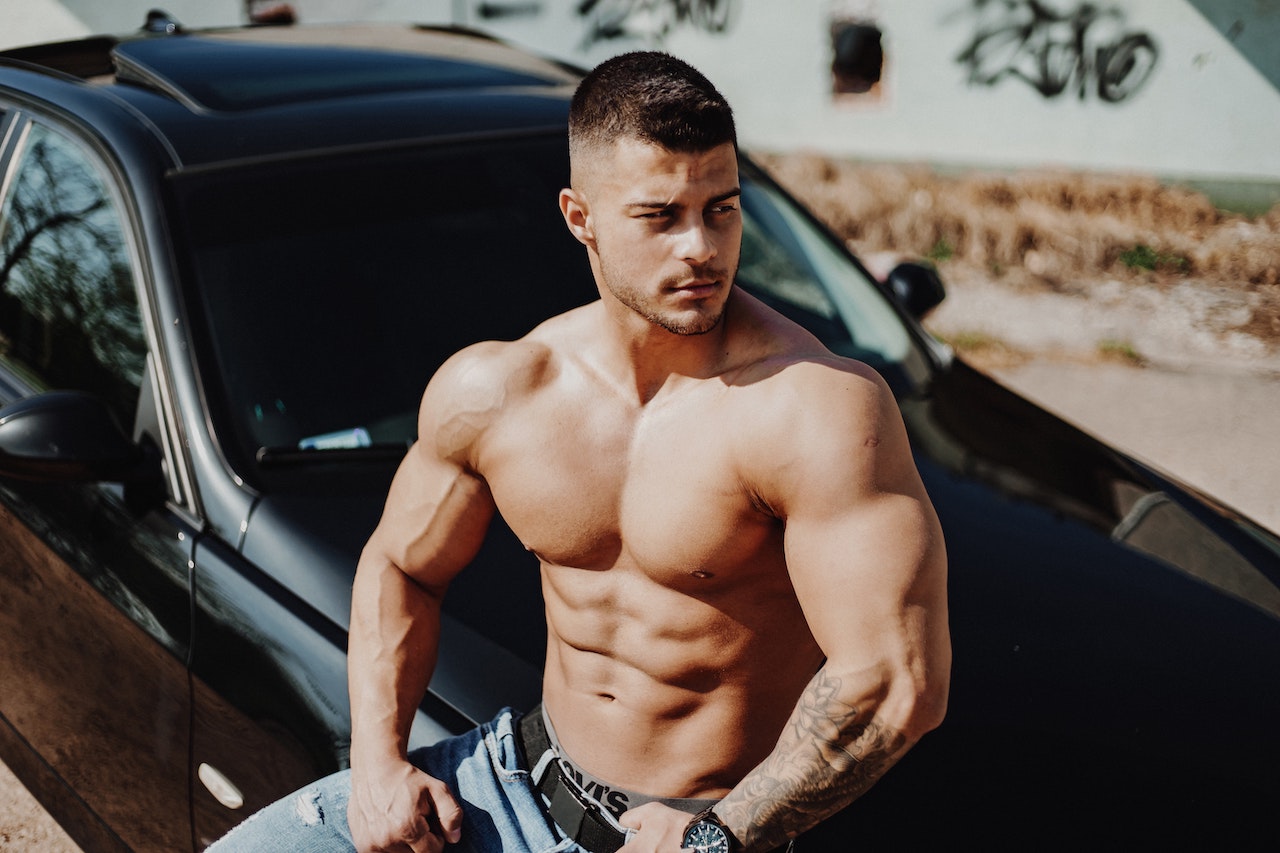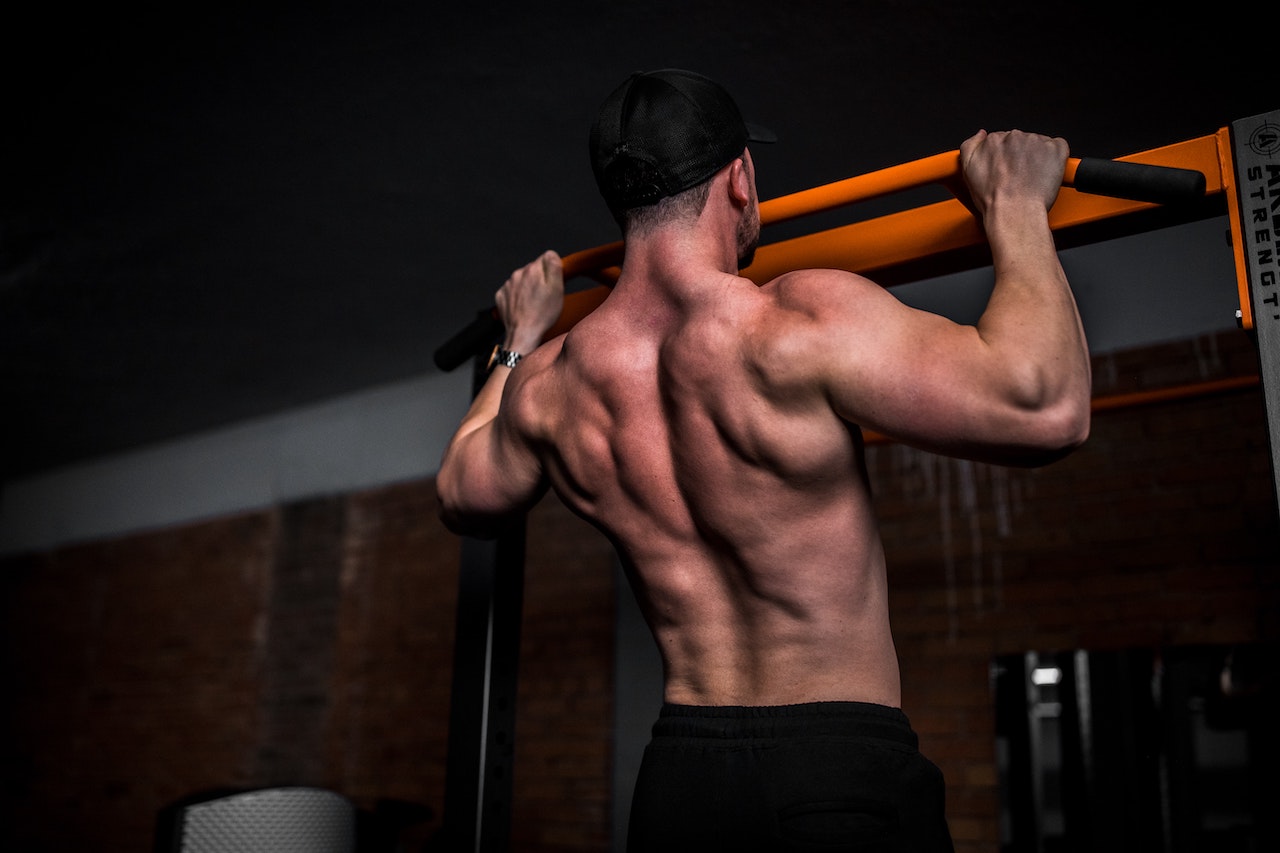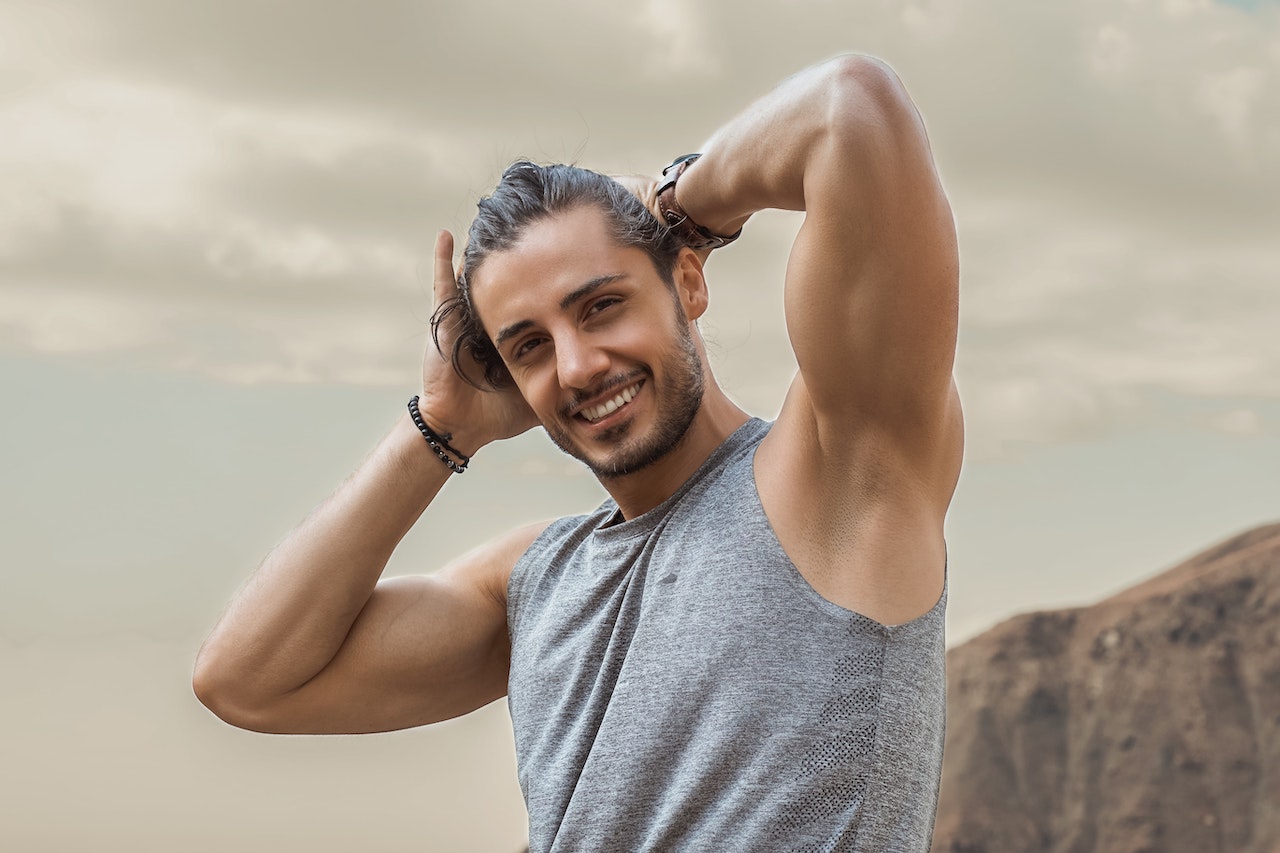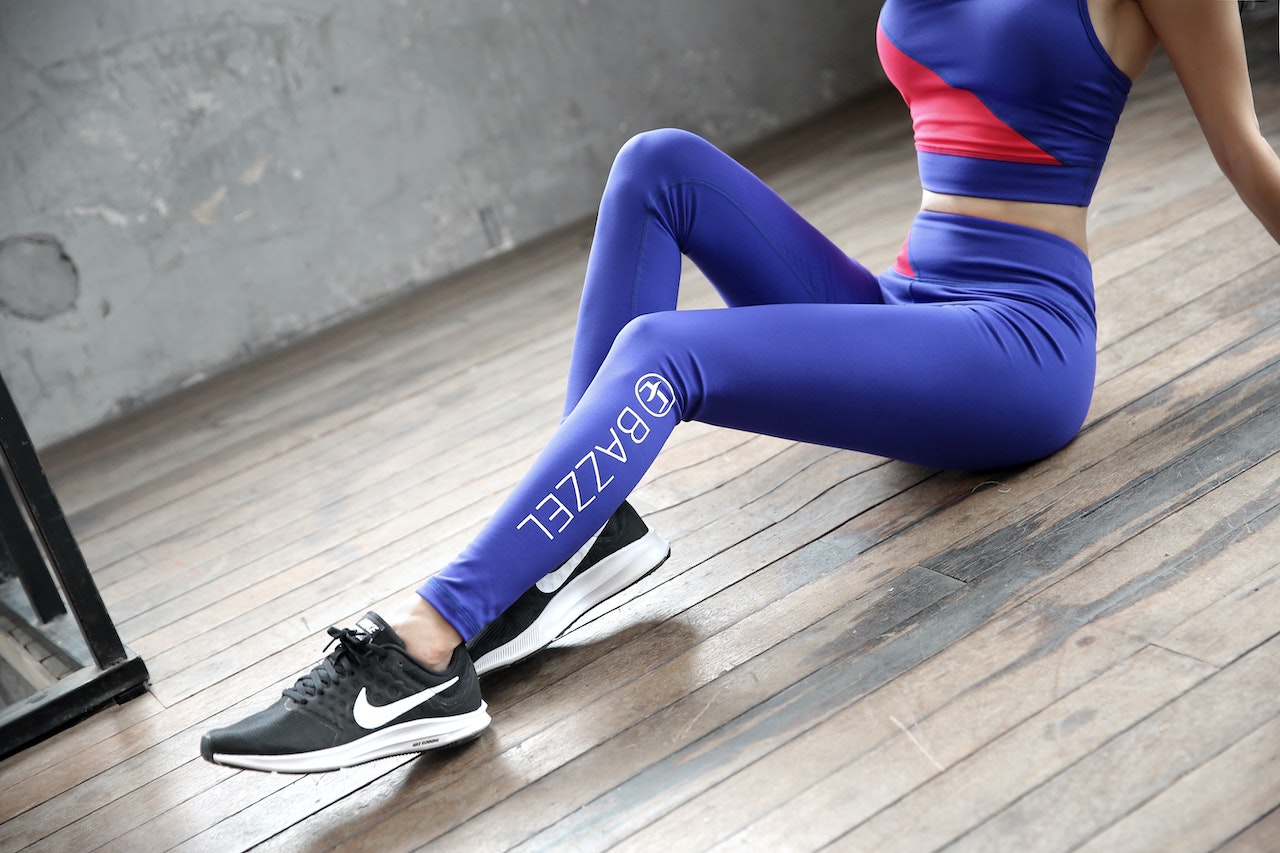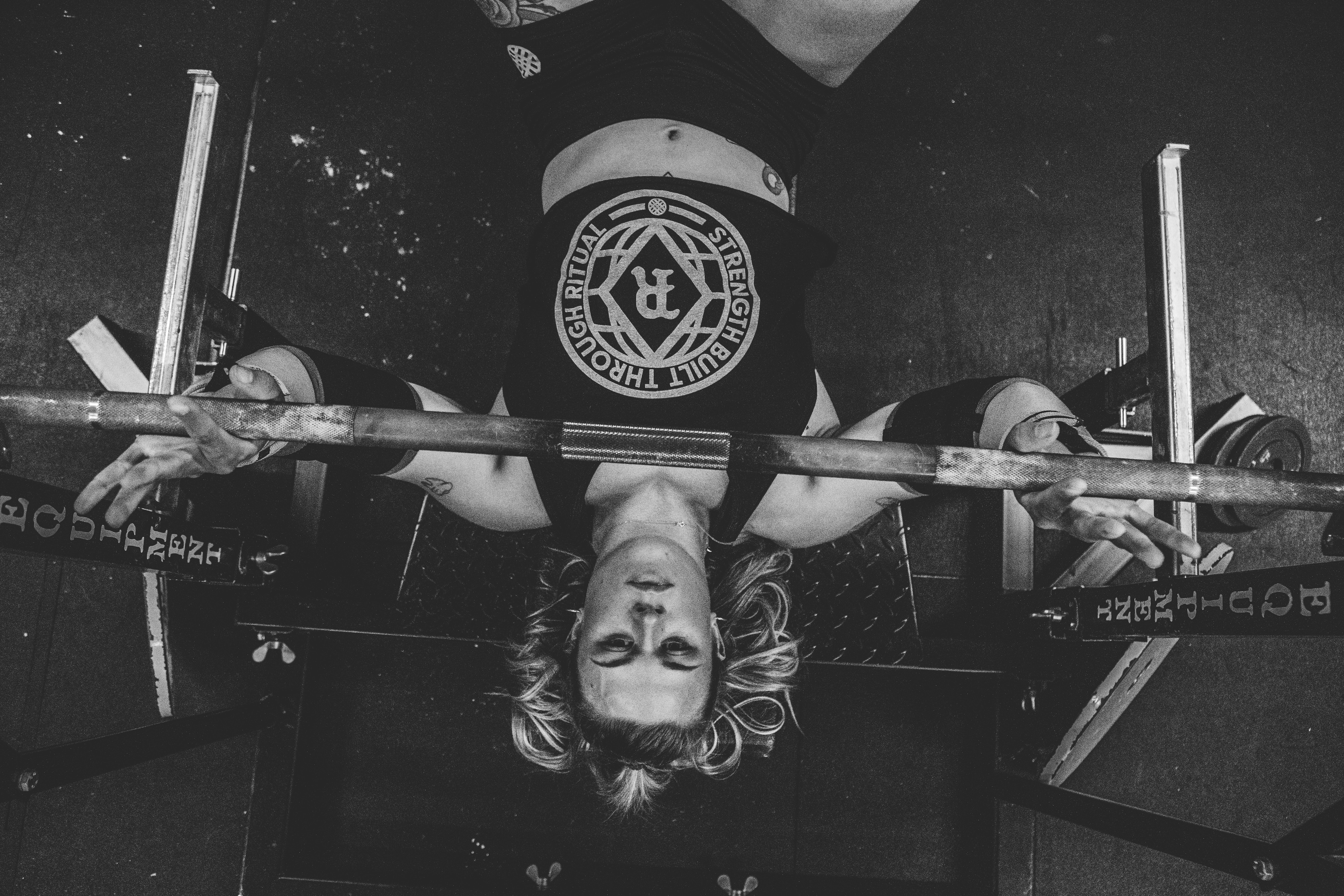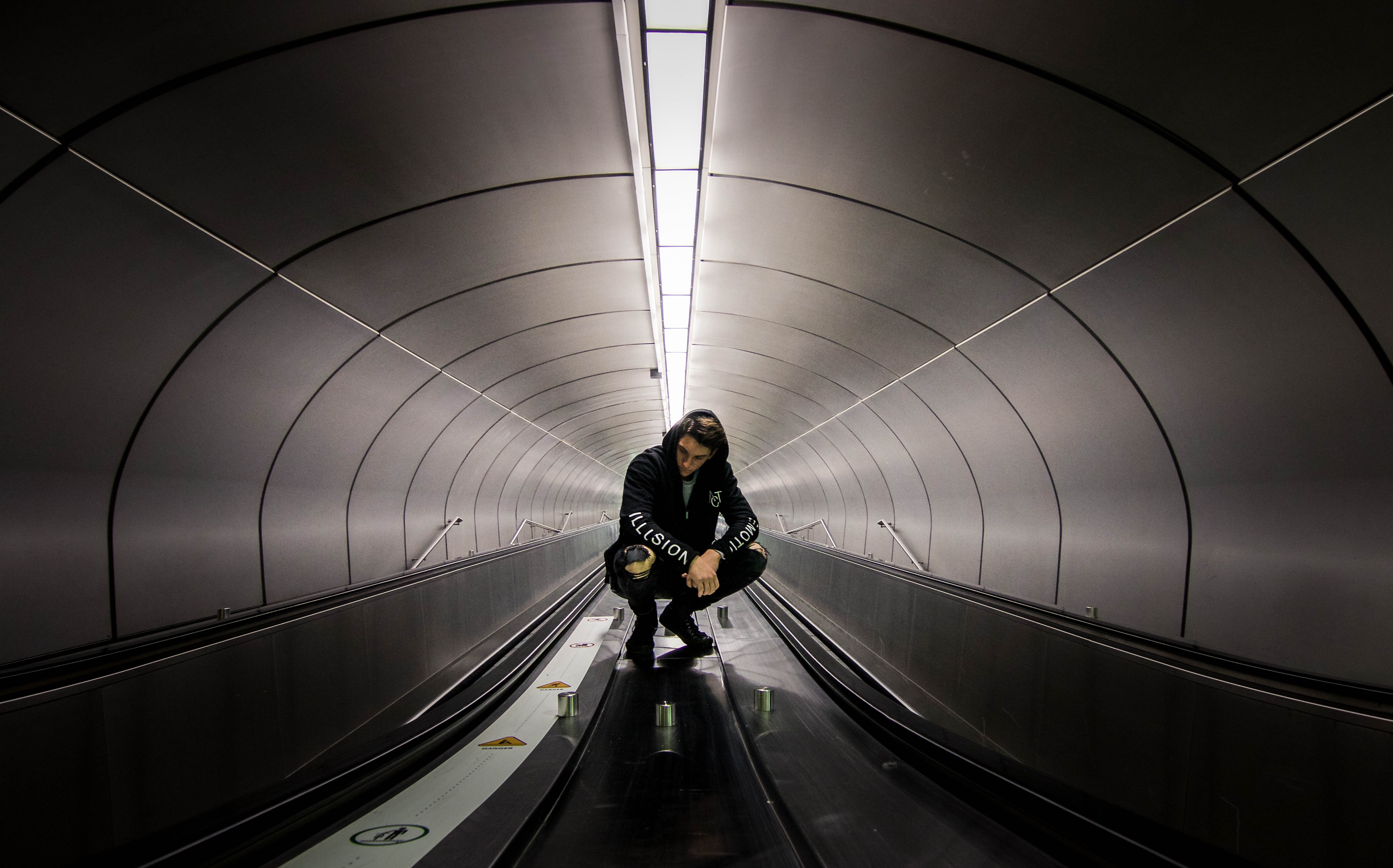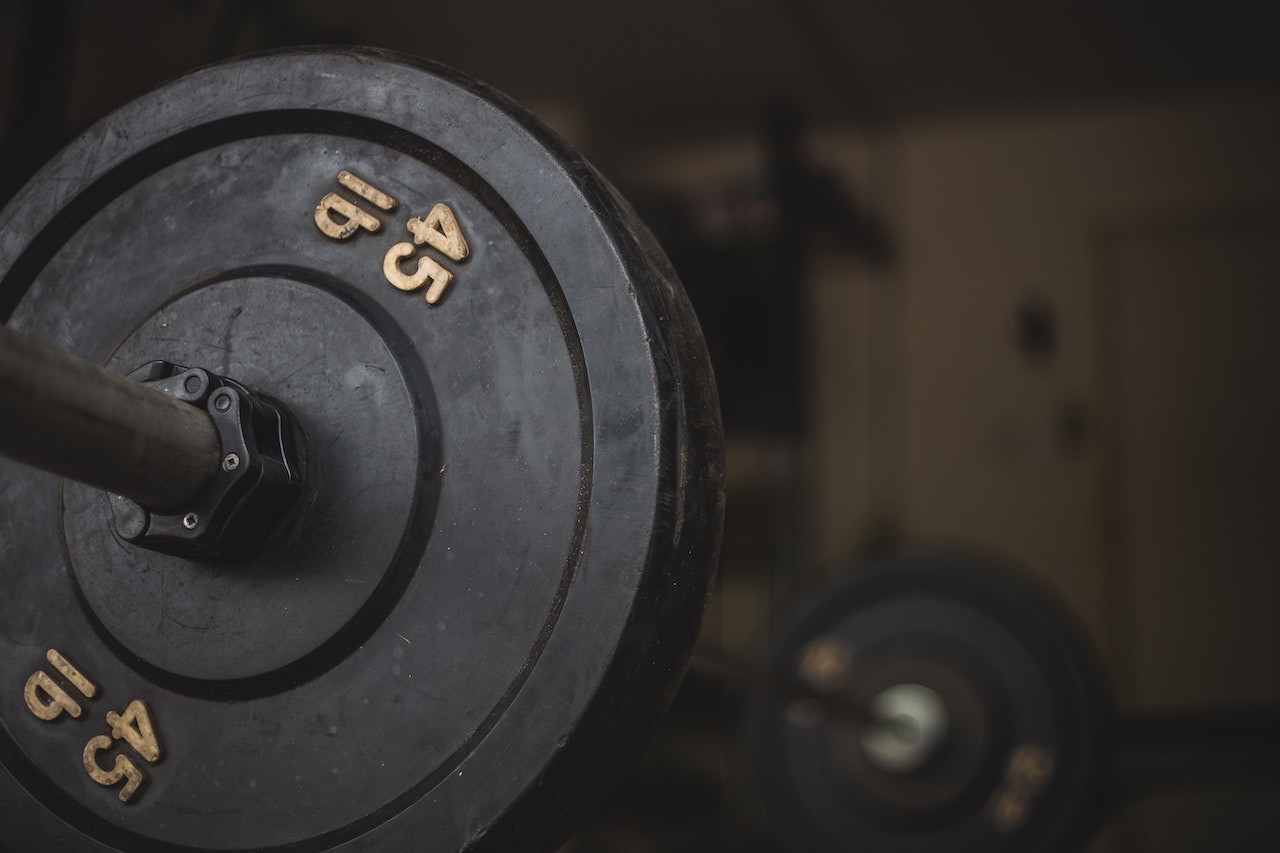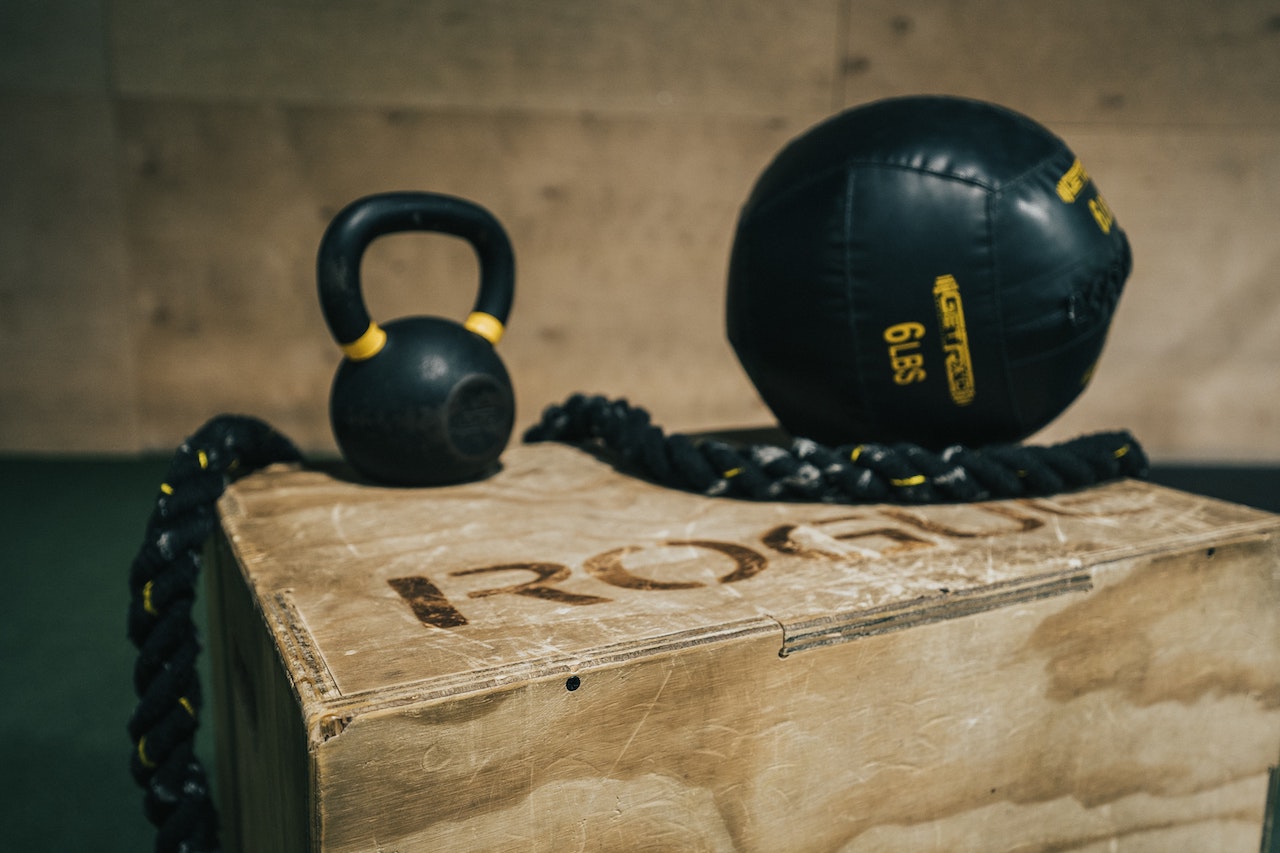If a woman has a front and back body, we would say she has a very nice, charming and sexy body. In contrast to men, we train our pectoral muscles more to make them full and shapely. However, if a man can also have a "Front and back": Full, shapely pecs and a full, upturned buttocks, this body adds a lot of points to the gym. It adds to the masculinity, not only attracting the attention of fellow gym-goers, but also from women, because a shapely butt can be more attractive to women than your eight-pack abs.

What you can learn through this article.
1. The basics of the buttocks.
2. Methods of training the buttocks muscles.
3. The impact of aerobic exercise on muscle training.
If we fully understand our body, then we understand our muscular structure by breaking it down, knowing exactly how our muscles control the internal and external rotation of our joints, understanding our own body and developing a plan accordingly. This will ensure our training efficiency and quality.
I. Gluteal muscles
The two muscles that have an impact on the shape of our hips are the gluteus maximus and gluteus medius. Therefore, after we have explained the basics of these two muscles, we will make targeted training.
1. Gluteus maximus
The gluteus maximus is a large part of the gluteal muscles, so we will focus on training this muscle later. Control of hip extension and external rotation
2, gluteus medius
This muscle is responsible for increasing the fullness of the hip flanks. It controls hip abduction, hip flexion and extension and internal and external rotation.
From this we know how each muscle affects the fullness of the hip and how each muscle controls the internal and external rotation of our joints and other areas. From there we just need to target our work, tear the muscle fibres and ensure that we have the usual nutrition.
Ii. Training methods and plans
Movement one: Deep squat
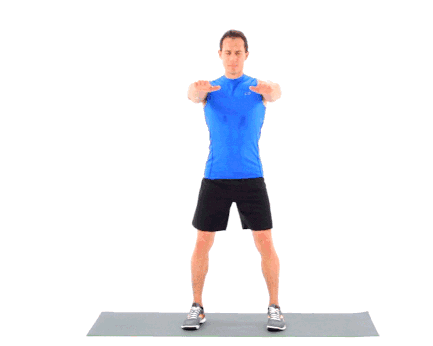
Movement essentials.
① maintain a standing position.
② squatting with the body vertical (as deep as possible).
The deep squat not only trains the muscles of the buttocks, but also the muscles of the thighs, giving us full, toned legs, killing two birds with one stone. It is important to note that squatting deep is more effective than squatting shallow, and also more important than how much weight you are carrying. This is because deep squats are the only way to pull more strongly on our gluteal fibres and keep our muscles working efficiently. Each set is 6-10 reps of exertional intensity. Also increase the weight to suit you.
Movement 2: Weighted lunge squat walk
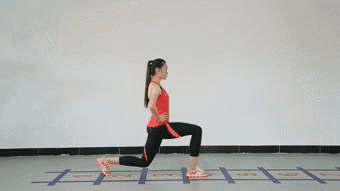
Movement essentials.
① hold dumbbells in both hands at the side of the body and step forward on one leg. Keep the upper body straight at all times.
② squat down, keeping your thighs parallel to the ground. Similar to a lunge stretch.
(iii) maintain form and stride forward, not too big a stride.
Do 15-20 steps on each side for 1 set. Feel the power of the gluteal muscles while training.
Movement 3: Hip bridge
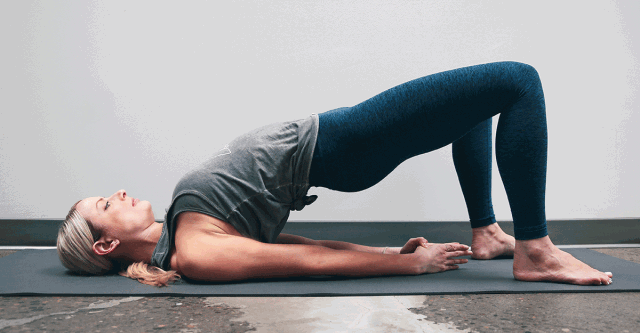
Exercise requirements.
①lie flat on your back with your legs bent up.
②use the strength of the hips to lift the hips, be careful not to use the muscles of the lower back to exert force.
③ clench the hip muscles on both sides and keep the hips clenched for 1 second.
Relax and reset.
Try to avoid exerting force on the lower back to avoid lumbar muscle strain, but at the same time this movement can also train our lower back muscles. Exhaustion* 4 sets.
Movement 4: Prone bent knee leg raise
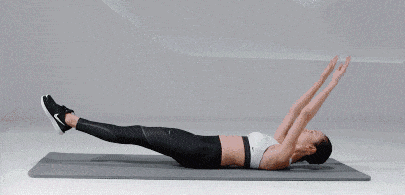
Movement principles.
①floor on both hands and knees.
②bend down on the mat with your heels up.
③ raise the thighs upwards.
Use the hip muscles to drive the thighs and pull the hip muscles. 4 sets of 15 reps on each side.
Movement 5: Squat jump-ups
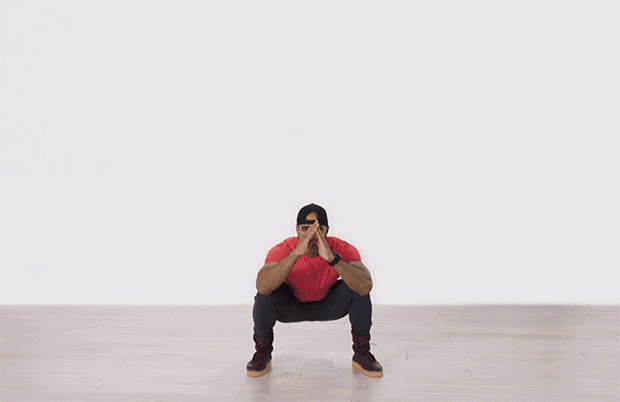
Movement essentials.
① feet shoulder-width apart, arms in front of chest.
② squat and bend your knees, jump up vertically.
Keep your thighs strong and your hips tight as you jump. Pay attention to cushioning to avoid injury. Do 3 sets of 10 reps each.
Movement 6: Weighted squat

Movement essentials.
① place the barbell on the obliques.
② feet wider than shoulders.
③ slowly squat down and maintain a deep squat.
Feel the stimulation in the glutes, keep squatting deep and pulling the glute muscles. The number of sets and weight can be varied according to your condition to avoid injury. 5rm*5 sets
Movement 7: Hip thrust
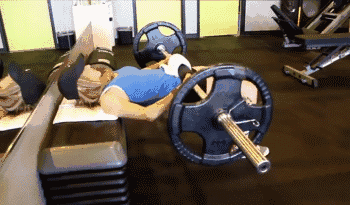
Exercise requirements.
①lean back, sit on the ground with your buttocks and feet flexed.
②place the barbell at the hip position, you can put a face towel between the barbell and the hip to reduce the pressure.
(iii) lift with the strength of the hips, hold for 1-2 seconds and reset.
Weight training is added to stimulate and tear the gluteal muscles more effectively and promote muscle growth. It makes the muscles fuller and the buttocks more voluminous. The number of sets and weight of the workout can be changed to suit you. Avoid injury. 8rm*4 sets
Movement 8: Kneeling arm raises
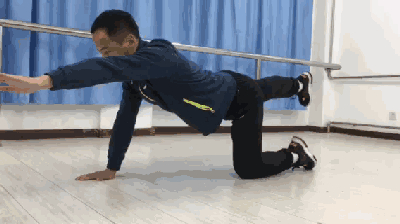
Exercise requirements.
① kneel on one knee with knees hip-width apart.
Raise one arm straight and lift one leg in a different position at the same time.
③the trunk is close to parallel to the ground during the movement. Alternate doing rotations.
Iii. Aerobic exercise

We all know that aerobic exercise burns our fat. So why should we train our muscles but not neglect aerobic exercises. Although aerobic exercise may deplete our body's muscles, it enhances our physical fitness and strengthens our muscles and body activity. And it can control our body fat percentage, reducing the impact of fat on our training and avoiding a reduction in training efficiency.
But there are many things to keep in mind, such as the amount of exercise, control of diet, intensity of training, including the choice of aerobic exercise. Not everyone is suitable for running, is it a surprise to say this? It's just running, what else is there to say about suitability? After all, in some ways, running is actually a very difficult sport, our running posture is often difficult to standardize, and can have a very bad effect on our knees, it is easy to lose balance.
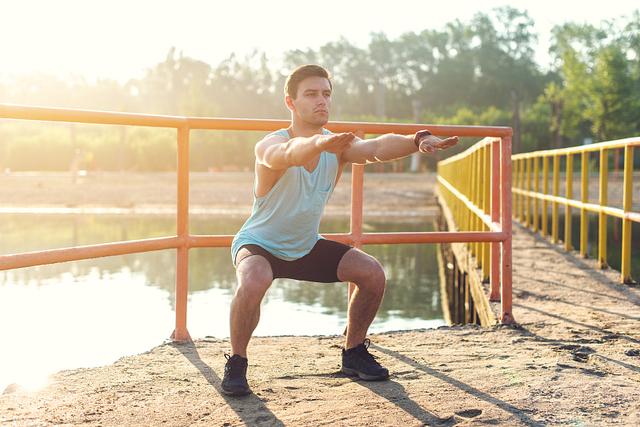
Our core system plays a very important role in this, if the core system is not strong, it will lead to the above effects, and it will have an impact on our form and produce serious side effects, such as running our calves and thighs thicker, if our core system is not developed, then our hip extension will rely on the hamstrings on the back of the thighs to complete the action, and the hips to generate power in order to reflect that your core system is strong, and conversely, regular movement of the thighs will result in thicker and thicker thighs.
This article analyses our gluteal muscles, understands the basic structure of our gluteal muscles, and develops a corresponding training plan and standardises our training methods, pointing out the corresponding training methods, direct muscle training and a certain amount of aerobic training, hoping that the detailed methods and measures will help you solve the problems you are experiencing now. We hope that you will make sure to follow our movement essentials and training plans to complete these movements, firstly to ensure the quality of your training and secondly to avoid accidents and physical injuries during training.
We also hope that you will get your own satisfying buttocks soon. I also hope that you will learn to stick to them and ensure the quality of each training session. Finally, i hope that you can get the body you want through this article, and at the same time, i hope that you can get the methods and knowledge you are looking for here.

